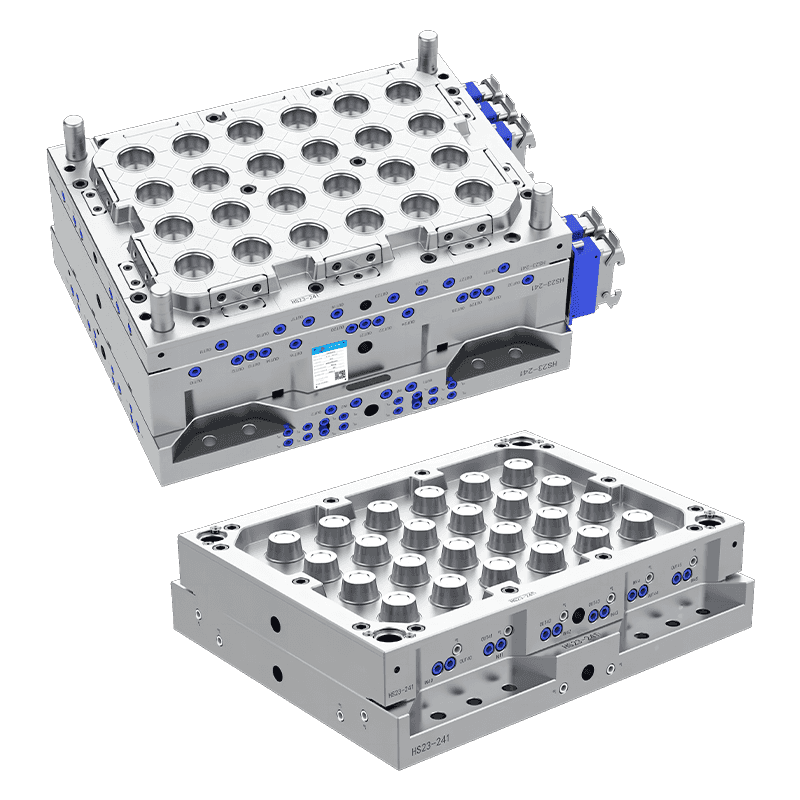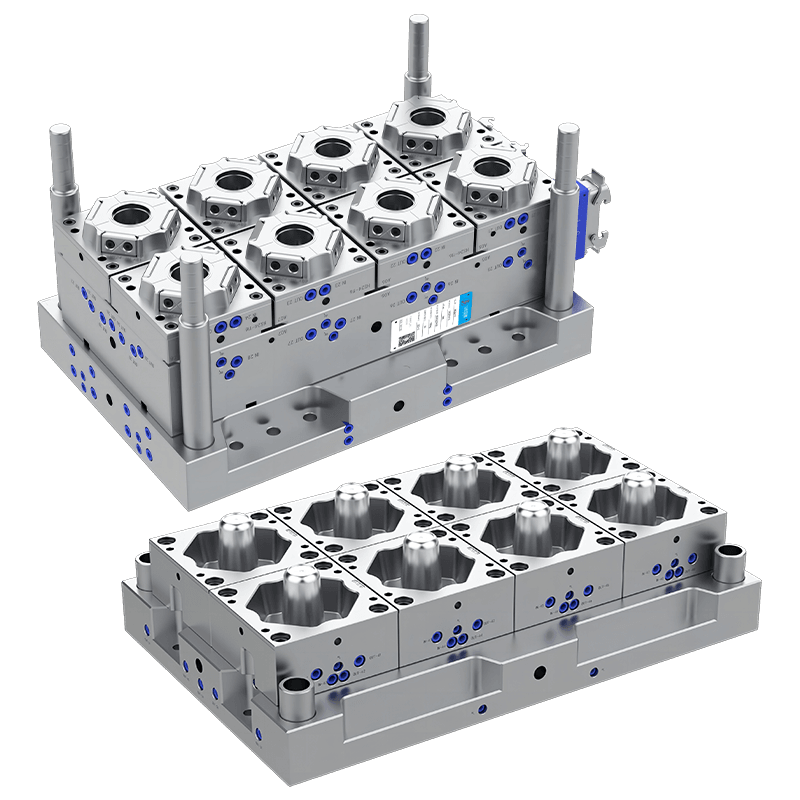Innovations and Practices in Plastic Thin Wall Food Container Injection Molding
The demand for plastic thin wall food containers has surged in recent years due to their convenience, lightweight nature, and cost-effectiveness. As the food packaging industry grows, so does the need for advanced molding techniques and high-quality molds to produce these containers efficiently. This is where plastic thin wall food container injection mold makers play a crucial role.
The Importance of Thin Wall Molding
Thin wall molding involves creating plastic parts with walls that are typically less than 1 millimeter thick. These parts are often used in food packaging due to their lightweight and durable properties. To achieve such precision and consistency, mold makers must utilize advanced techniques and technologies.
Key Techniques and Technologies
High-Precision Machining: Thin wall molds require extremely precise machining to ensure that the final product has the desired thickness and structural integrity. CNC machines and EDM (Electrical Discharge Machining) are often employed to achieve the necessary precision.
Thermal Management: Effective thermal management is crucial in thin wall molding. The molds must be designed to dissipate heat quickly and evenly to prevent warping and ensure uniform cooling. This often involves incorporating advanced cooling channels into the mold design.
Material Selection: The choice of material for the mold is critical. High-strength, heat-resistant materials are used to withstand the pressures and temperatures involved in the molding process. Often, tool steels or specialized alloys are selected for their durability and performance.
Advanced Simulation Software: Mold makers use simulation software to model the injection molding process before creating the physical mold. This helps in predicting potential issues and optimizing the design for better performance and efficiency.
Challenges and Solutions
One of the main challenges in thin wall molding is ensuring consistent wall thickness throughout the container. Variations can bring about weak spots and potential failure. To address this, mold makers focus on precise control of the injection process and careful design of the mold cavity. Additionally, regular maintenance and calibration of equipment are essential to maintaining high standards.
The Future of Thin Wall Molding
As technology advances, the capabilities of thin wall molding continue to improve. Innovations such as smart molds equipped with sensors and real-time monitoring systems are making the process even more efficient and reliable. These developments are paving the way for more sustainable and cost-effective packaging solutions.
Plastic Injection Moulding Die Makers is a pivotal manufacturing process used to produce a wide array of plastic parts and products. Central to this process are the injection molding die makers, who design and construct the molds used to shape plastic into its final form. Their expertise is essential in ensuring that the injection molding process is efficient, accurate, and capable of meeting high-quality standards.
The Role of Injection Molding Die Makers
Injection molding die makers are responsible for creating the molds that shape molten plastic into specific forms. This process involves several key steps, including design, fabrication, and testing of the molds.
Design and Engineering
The step in mold making is design. Plastic Injection Moulding Die Makers work closely with engineers and product designers to create detailed mold designs that meet the specifications of the intended product. This phase involves selecting the appropriate materials for the Plastic Injection Moulding Die Makers, designing cooling systems, and ensuring that the mold will be able to withstand the pressures and temperatures of the injection molding process.
Fabrication
Once the design is finalized, the fabrication process begins. This involves machining the Plastic Injection Moulding Die Makers from high-quality metal blocks, such as tool steel or aluminum. Advanced techniques like CNC machining and EDM are used to achieve the precise dimensions and tolerances required. The fabrication process also includes the creation of cooling channels, which are essential for controlling the temperature of the mold and ensuring uniform cooling of the plastic.
Contact Us
Email: [email protected]; Or fill out the contact form below.

 English
English 中文简体
中文简体 русский
русский Español
Español Français
Français




